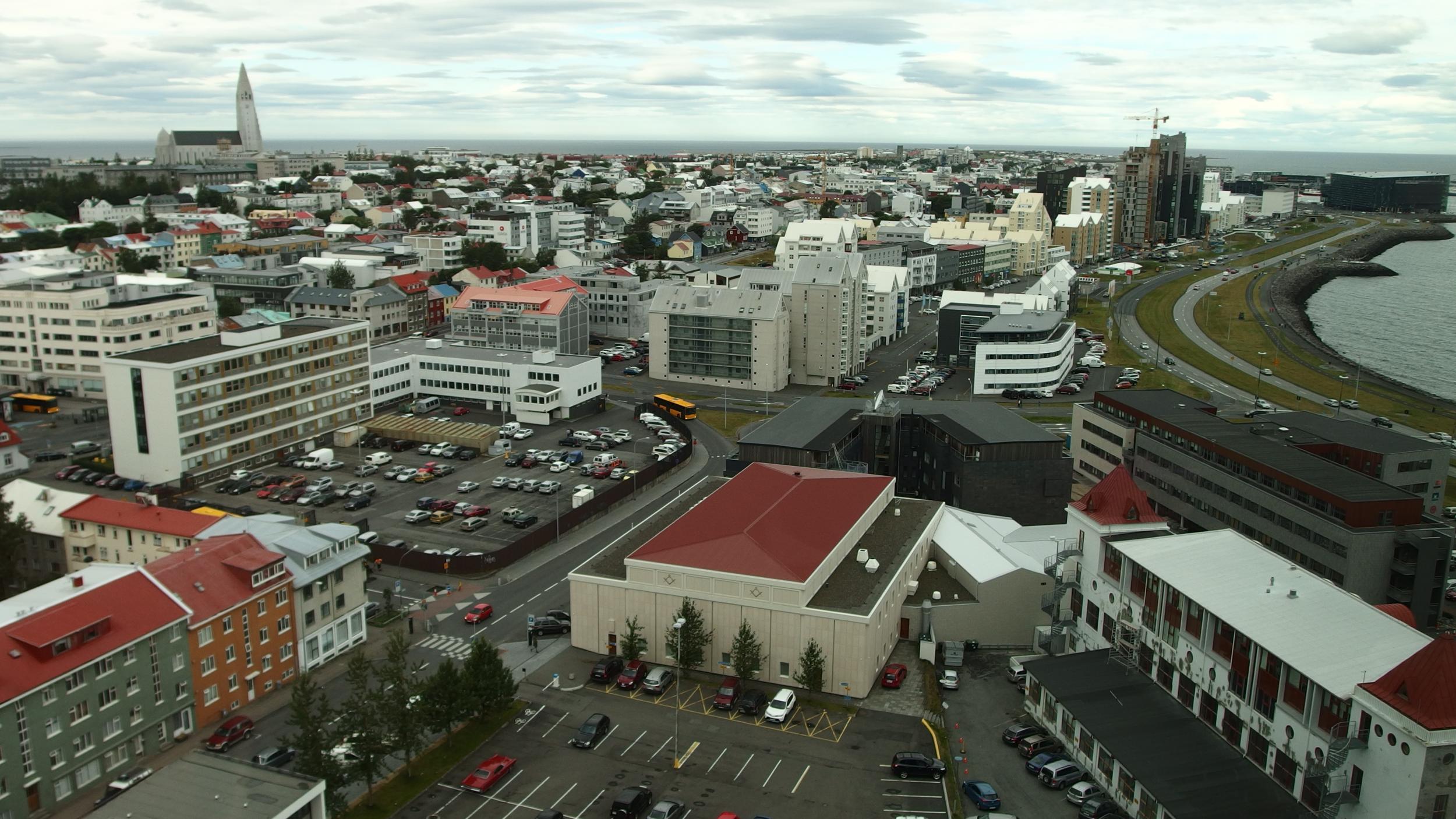Plane talk: how Cold War airports are thriving
Plane Talk: A former US Navy base in Iceland is Europe's fastest-growing airport

In a week in which Washington DC and Moscow have locked horns once again, it's intriguing to see the common thread links the most successful European airports so far in 2017: the Cold War.
Figures for February just issued by the airports’ association, ACI Europe, shows passenger traffic up 5 per cent compared with the corresponding month in 2016, even though there was one fewer day in the month this year. But there are some star performers who did much better.
Leading the growth: Keflavik airport in Iceland, the main hub for Icelandair and Wow Air. It is a former US Navy air base. When it looked as though the world might not reach the 21st century without a thermonuclear war, distance was crucial: Naskef, as it was known, is just 1,700 miles from Leningrad (now St Petersburg). Today, the main airport for Reykjavik exploits its mid-Atlantic location to connect Birmingham with Boston and Manchester to Minneapolis. It also attracts passengers on northern flights to see the northern lights, if the heavens are willing. Geography is destiny, especially in aviation.
Second-fastest growing: the main airport in Kiev. Borispol airport, outside the Ukrainian capital, put on 30 per cent more passengers. (If you are flying to the fine city of Kiev, though, I urge you to take Wizz Air to the city’s second airport, Zhuliany, which is almost walking distance from the city centre. Wizz Air goes there from lovely Luton.)
Focusing on Europe's bigger airports, St Petersburg grew by 28 per cent, just ahead of Warsaw on 27 per cent. Then there's an anomaly: Lisbon airport (20 per cent more passengers), which wasn't an active participant in the Cold War. But the eastern Europe capitals soon take over again in the growth stakes, with Prague (up 18 per cent), East Berlin’s Schoenefeld (16 per cent) and Moscow Sheremetyevo (15 per cent).
Why have these cities come in from the cold? Partly because if you are in Moscow or Berlin or Prague or Kiev in February, the world to the south looks extremely tempting. Flights to Turkey, Cyprus and Egypt (except from Russia) have soared in the past year to meet the demand for winter sun.
Not everywhere is expanding relentlessly. Two countries visited by terror last year have seen a decline: Belgium by 1 per cent and Turkey by 4 per cent. From the terrorists’ warped perspectives, those figures will presumably be seen as some kind of victory.
Despite international uncertainty, and the clouds surrounding the effect of Brexit on aviation, the UK is right on the European average with 5 per cent growth, year on year. But there were some excellent individual achievements.
Manchester, now firmly established as the third force in UK aviation, outpaced both Heathrow and Gatwick with growth of 11 per cent. But Gatwick, with 10 per cent, did enough to overtake both Munich and Barcelona.
At the present rate of progress, the Sussex airport would overtake Madrid to join the top six of European airports within a few years. But that is most unlikely with Gatwick’s single runway, which is already used far more intensively than any other strip of concrete in the aviation world. Formerly, it was thought that 40 million passengers a year was the most Gatwick could achieve; last year it managed 43 million, but the gains from airlines deploying bigger planes and making a better job of filling them are not limitless.
Four European airports failed to make it into double figures for the month of February. Targu Mures in Romania welcomed 53 passengers; Maribor in Slovenia, a former Ryanair destination, managed only 43; Foggia in Italy, with the unfortunate airport code FOG, saw just 31; and bottom of the list, another Romanian airport, Arad, which had an average of exactly one passenger for each day in February. By contrast, at Heathrow one person flew in or out every 0.46 seconds.
Subscribe to Independent Premium to bookmark this article
Want to bookmark your favourite articles and stories to read or reference later? Start your Independent Premium subscription today.

Join our commenting forum
Join thought-provoking conversations, follow other Independent readers and see their replies